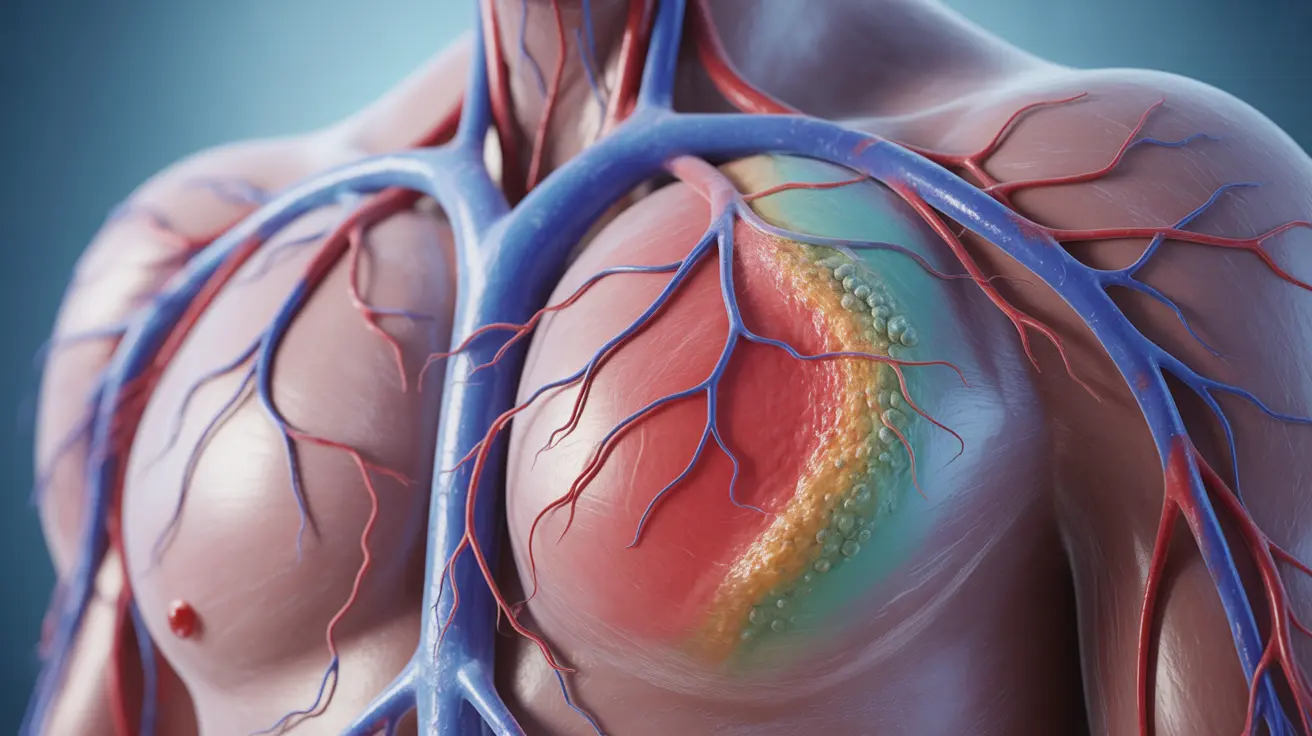For individuals managing both high cholesterol and blood pressure concerns, understanding how medications like atorvastatin affect these conditions is crucial. While atorvastatin is primarily prescribed to lower cholesterol levels, many people wonder about its potential effects on blood pressure.
This comprehensive guide explores the relationship between atorvastatin and blood pressure, examining both direct and indirect effects, potential benefits, and important considerations for those taking multiple medications.
How Atorvastatin Affects Blood Pressure
Atorvastatin belongs to a class of medications called statins, which primarily work by reducing cholesterol production in the liver. While not classified as a blood pressure medication, research suggests that atorvastatin may have modest effects on blood pressure through various mechanisms.
Direct Effects on Blood Pressure
Studies indicate that atorvastatin may help lower blood pressure slightly, typically by 2-5 mmHg in systolic pressure. This effect appears to be more pronounced in individuals who have both high cholesterol and hypertension. However, these changes are generally considered secondary to the medication's primary cholesterol-lowering function.
Mechanisms of Action
Atorvastatin may influence blood pressure through several pathways:
- Improving endothelial function
- Reducing inflammation in blood vessels
- Increasing nitric oxide production
- Enhancing blood vessel flexibility
Managing Multiple Conditions
For individuals dealing with both high cholesterol and hypertension, proper medication management is essential. While atorvastatin can contribute to better cardiovascular health overall, it should not be viewed as a replacement for dedicated blood pressure medications.
Combined Treatment Approaches
Most healthcare providers recommend a comprehensive treatment approach that may include:
- Dedicated blood pressure medications
- Cholesterol-lowering medications (like atorvastatin)
- Lifestyle modifications
- Regular monitoring of both conditions
Safety Considerations and Interactions
When taking atorvastatin alongside blood pressure medications, certain factors require attention. Most combinations are safe and effective, but proper medical supervision is essential.
Important Precautions
Consider these key points when taking multiple medications:
- Regular blood pressure monitoring
- Consistent medication scheduling
- Reporting any side effects to your healthcare provider
- Following prescribed dosages carefully
Frequently Asked Questions
Does atorvastatin lower blood pressure, and if so, how much?
Atorvastatin may lower blood pressure modestly, typically by 2-5 mmHg in systolic pressure. However, this effect varies among individuals and should not be relied upon as a primary blood pressure treatment.
What are the potential mechanisms by which atorvastatin reduces blood pressure?
Atorvastatin may lower blood pressure through several mechanisms, including improving endothelial function, reducing inflammation, increasing nitric oxide production, and enhancing blood vessel flexibility. These effects contribute to better overall cardiovascular health.
Can atorvastatin be used as a substitute for blood pressure medications?
No, atorvastatin should not be used as a substitute for blood pressure medications. While it may have minor effects on blood pressure, it is primarily designed to lower cholesterol and cannot replace medications specifically designed to treat hypertension.
What are the benefits and risks of using atorvastatin for people with both high cholesterol and hypertension?
Benefits include improved overall cardiovascular health and potential modest blood pressure improvements. Risks include possible drug interactions and the need for careful monitoring of both conditions. The benefits typically outweigh the risks when properly prescribed and monitored.
Is it safe to take atorvastatin if I am already taking blood pressure medication?
Yes, it is generally safe to take atorvastatin alongside blood pressure medications. However, this combination should always be monitored by a healthcare provider, who can assess potential interactions and adjust dosages as needed.




